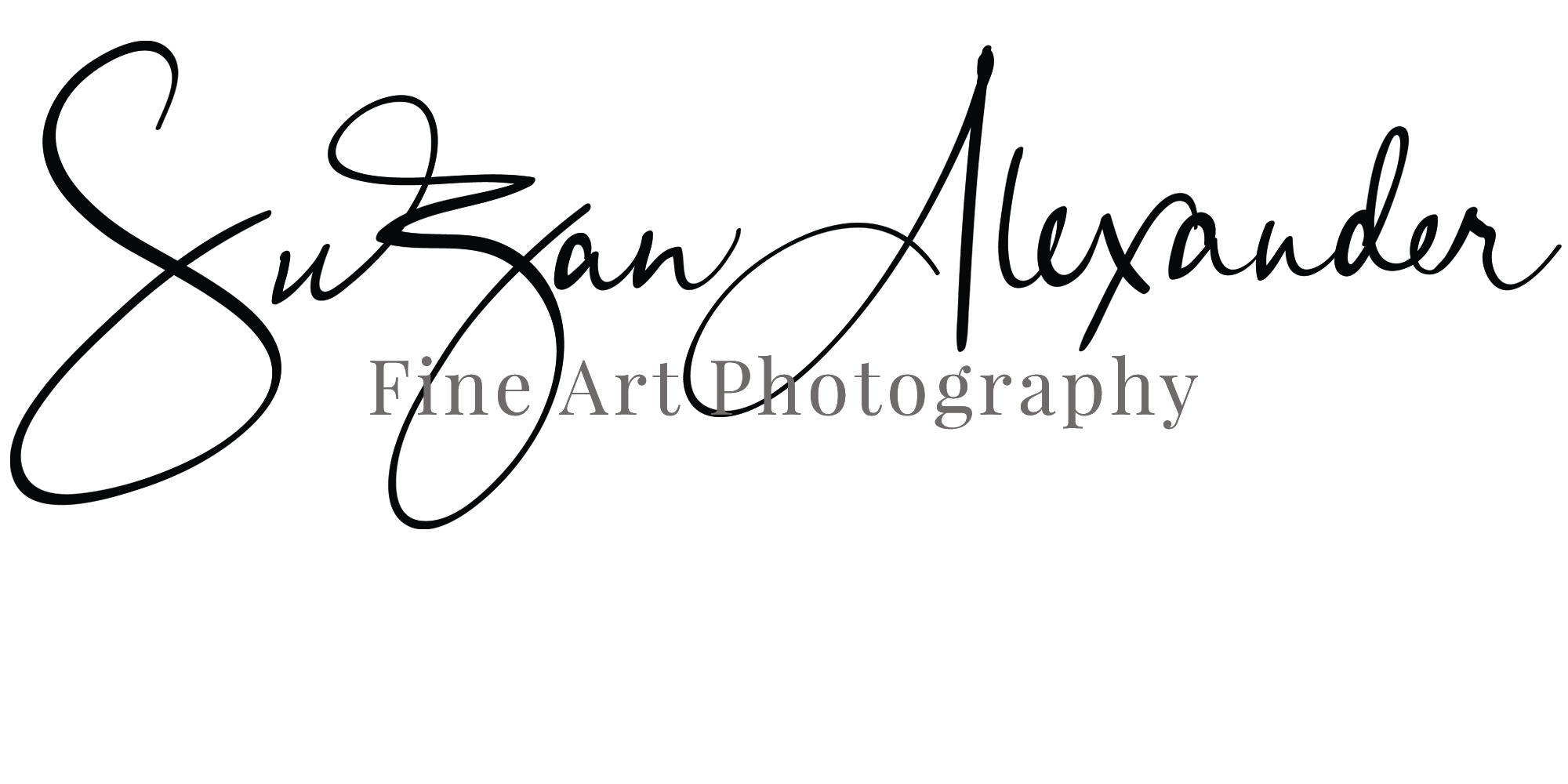Film: Citizen Kane as a Study in Light
Recently, one photography instructor suggested watching the 1941 movie classic Citizen Kane, starring Orsen Welles, for lighting inspiration. I think photographers are often inspired by movies for lighting and post-processing ideas. I can't speak for cinematographers, but I would like to think they are inspired by still photography too.
I watched Citizen Kane several years ago but re-watching it now as a study in lighting gave me a completely different appreciation. For the most part, the movie was low-key (predominately dark tones to create a dramatic effect). Many of the scenes were captured with the characters in silhouette, which I'm sure was, in part, to draw attention to the dialogue rather than them as subjects. But, as I began studying where the light sources were positioned and how the characters moved in and out of the light, I began to consider if there was some symbolism to the lighting. All of these questions... What's a viewer to do but search the internet for some answers... or maybe more questions.
Here are some observations from my internet search I thought would be fun to share.
Charles Kane (Orsen Welles) character was almost always captured in high-key lighting. High-key lighting is light and bright as opposed to the low-key lighting we discussed above. While this highlighted (no pun intended) Kane as the main focus of the story, it is interesting to note that the flashbacks to his childhood were not filmed with the low-key lighting like the rest of the film. Is that meaningful? Yes. I think so too. I am currently working on a series where I am planning to employ the high-key and low-key lighting as an underlying message, so this was a validation of my plan.
The film is credited with making significant contributions to cinematography, one of which was the use of "deep focus". I was not familiar with the term, but it is when the whole scene is in focus. When I read about this, it made me think of the group of landscape photographers calling themselves the Group f64. The group was founded by Ansel Adams and the reference to the aperture, f64, is understood by photographers who want to get the whole scene in focus. Today, we take for granted the change of aperture to achieve the desired effect, but apparently, this was relatively new territory back in the day. Doesn't that make you appreciate your camera now?
Those are just a few bits of trivia to look for if you decide to watch, or re-watch, Citizen Kane. Most of all, just notice the richness of tonal values achieved from the lighting and enjoy the movie. I would love to hear what you think about the lighting. What scene had the most impactful lighting for you?


![By RKO Radio Pictures, still photographer Alexander Kahle [Public domain], via Wikimedia Commons](https://images.squarespace-cdn.com/content/v1/5acb860a710699a9ef3c29a3/1523922286251-9U8UVG7Z05ZK4RI5VCR2/Citizen-Kane-Welles-Podium.jpg)